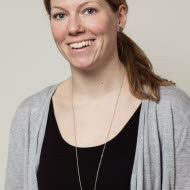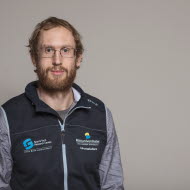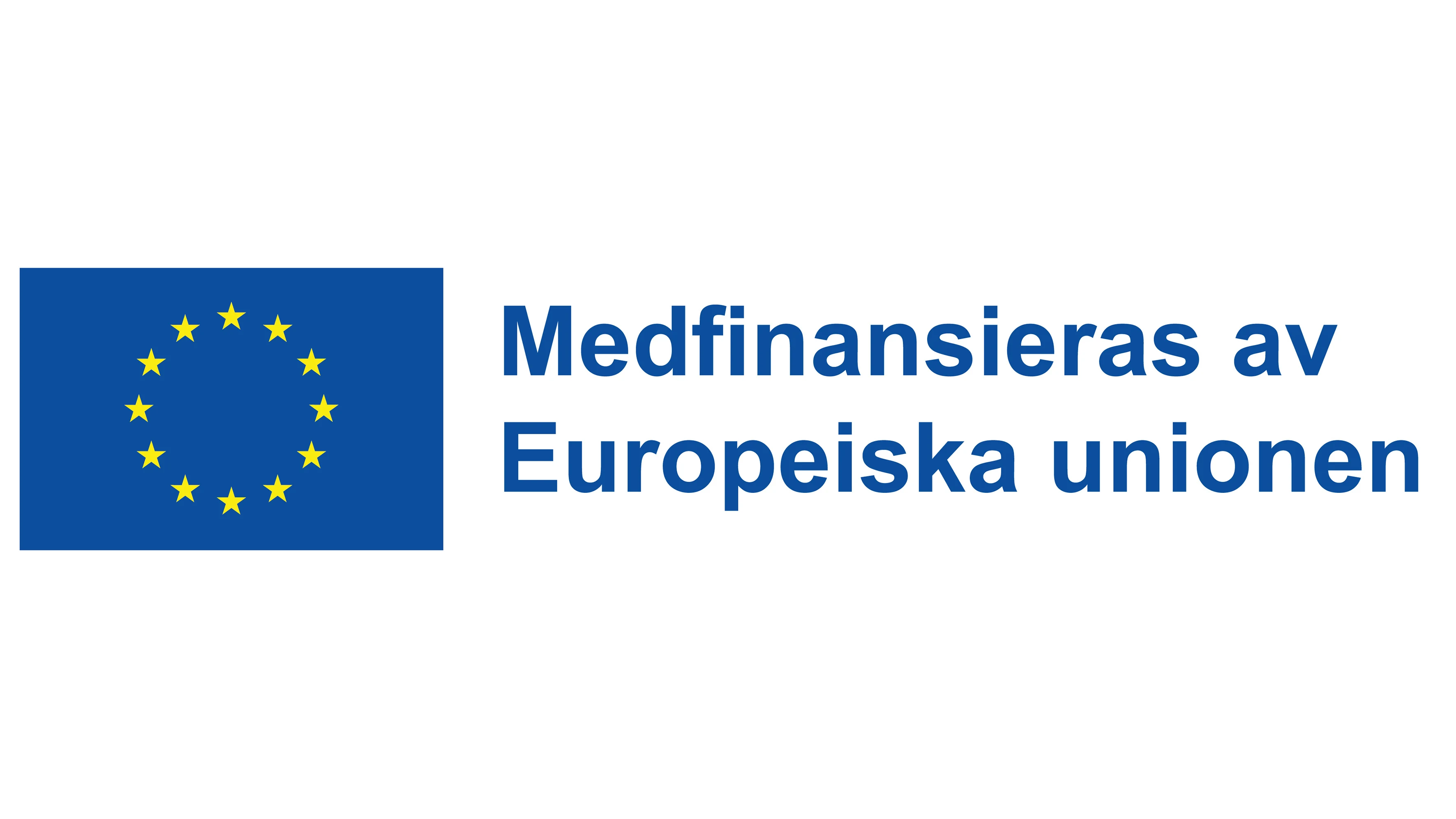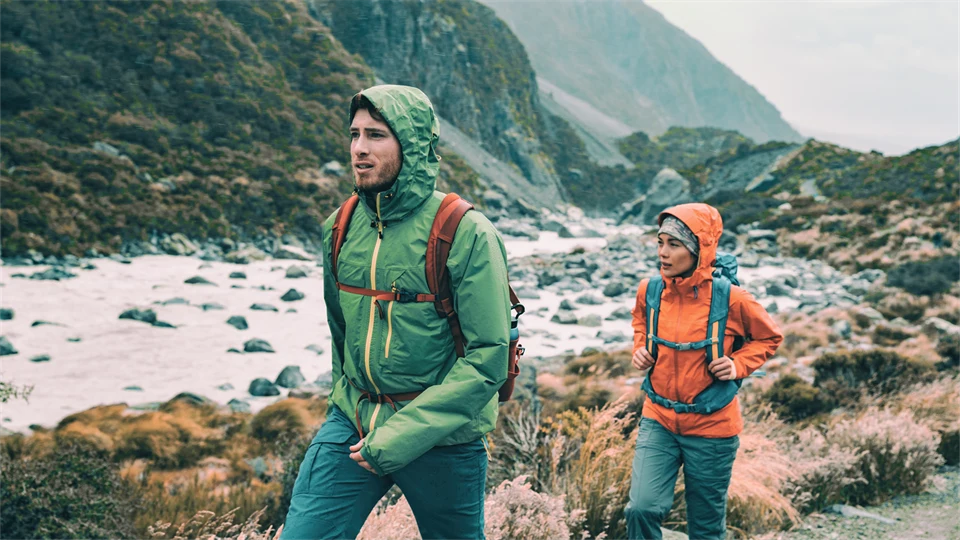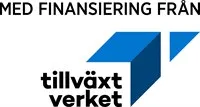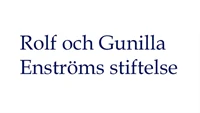Durability Project
Mid Sweden University's Durability Project studies how rain jackets age and fail through visual and physical testing of used garments. The goal is to create better durability tests and support circular design in technical textiles.
About the Project
The Durability Project at Mid Sweden University is a research initiative focused on understanding and improving the longevity of waterproof, windproof, and breathable (WWB) jackets. The project centres on visual inspection and physical testing of end-of-life garments to identify real-world failure modes in order to develop future testing protocols. This work supports the transition to a circular textile economy by identifying how garments age, why they fail, and how durability can be built into design from the start.
The Durability Project is part of H3 – Multidimensional Sustainability
Why Durability Matters
Extending the life of garments is one of the most impactful ways to reduce their environmental footprint. Studies show that doubling the number of times a garment is worn can reduce greenhouse gas emissions by up to 44%. Yet, technical outdoor garments like WWB jackets face unique challenges in maintaining performance over time.
Mid Sweden University's research aims to bridge the gap between lab-based durability testing and real-world wear, helping brands design products that truly last.
In the first phase of the study, over 370 jackets from 30 different manufacturers were inspected. The focus was on assessing the condition of the outer fabric, membrane integrity, seam durability, and trim functions such as zippers and velcro.
Phase two will involve physical testing of the same jackets to validate visual findings and assess waterproofness, breathability, and structural integrity. This will lead to the development of a new method to assess the durability of functional garments.
Get Involved
Are you a brand, retailer, or researcher interested in textile durability? Mid Sweden University welcomes collaboration and knowledge exchange. Reach out to join the conversation and help shape the future of sustainable outdoor apparel.
Facts
Project period
231001—260930
Research centers
Subjects
Project leader

Project members
